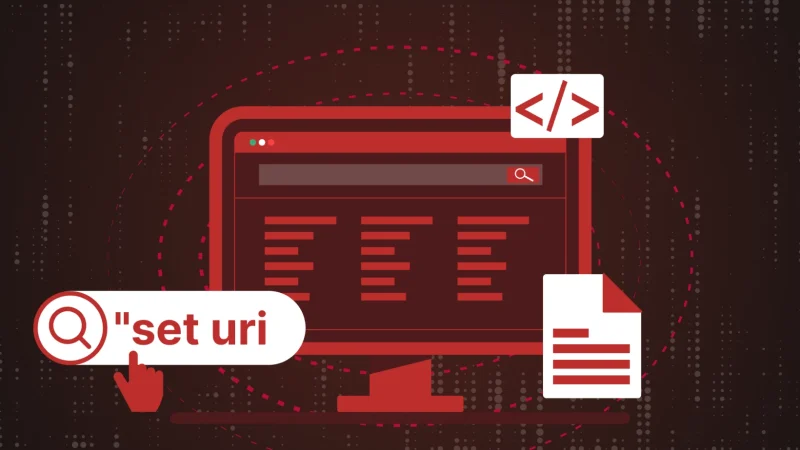The Rise of Networkless Attacks: How Cybercriminals Target Cloud Apps and Identities

In recent years, cyber attackers have been adopting sophisticated techniques that bypass traditional network defenses. These “networkless” attacks target cloud-based applications and user identities, posing a significant threat to organizations worldwide. By exploiting vulnerabilities in cloud environments and leveraging social engineering tactics, cybercriminals can compromise systems without ever touching traditional networked systems or endpoints.
The Evolution of Cyber Attacks
Gone are the days when attackers relied solely on exploiting network vulnerabilities or infecting endpoints with malware. With the increasing adoption of cloud services and remote work, cyber threats have evolved to adapt to new environments. Networkless attacks represent a paradigm shift in the cyber threat landscape, focusing on cloud-based assets and user identities as primary targets.
Techniques Used in Networkless Attacks
1.Phishing and Social Engineering:
Cybercriminals often use phishing emails or social engineering techniques to trick users into revealing their credentials or clicking on malicious links. These attacks can bypass traditional network defenses and directly compromise cloud-based applications and user accounts.
2.Credential Stuffing:
In credential stuffing attacks, attackers use previously leaked credentials to gain unauthorized access to accounts. Since many users use the same password across multiple accounts, compromised credentials from one service can be used to access cloud applications and services.
3.API Exploitation:
Cloud environments rely heavily on APIs (Application Programming Interfaces) for communication and integration. Attackers exploit vulnerabilities in these APIs to gain unauthorized access to sensitive data or perform malicious actions within cloud-based applications.
4.Misconfigurations:
Improperly configured cloud services are a common entry point for attackers. Misconfigured settings in cloud platforms can expose sensitive data or allow unauthorized access to resources, providing attackers with an easy way to compromise organizations.
Implications for Organizations
Networkless attacks present significant challenges for organizations, as they often bypass traditional security measures designed to protect networked systems and endpoints. The consequences of such attacks can be severe, including data breaches, financial losses, and damage to reputation.
1.Data Breaches:
Compromised cloud accounts can lead to unauthorized access to sensitive data, resulting in data breaches that can have serious legal and financial implications for organizations.
2. Identity Theft:
Stolen credentials can be used for identity theft or to carry out further attacks, both within and outside the organization.
3.Financial Losses:
Attacks targeting cloud-based applications can disrupt business operations and result in financial losses due to downtime, ransom demands, or stolen funds.
4.Reputation Damage:
A successful networkless attack can damage an organization’s reputation, eroding customer trust and loyalty.
Mitigating the Risk of Networkless Attacks
To defend against networkless attacks, organizations must adopt a holistic approach to cybersecurity that encompasses both technical controls and user awareness:
1.Security Awareness Training:
Educate employees about the risks of phishing, social engineering, and other common attack techniques. Encourage the use of strong, unique passwords and multi-factor authentication (MFA) to protect accounts.
2.Regular Security Audits:
Conduct regular audits of cloud environments to identify and address misconfigurations, vulnerabilities, and unauthorized access.
3.Endpoint Protection:
Implement endpoint protection solutions that can detect and prevent malicious activities, even in the absence of network traffic.
4.Cloud Security Solutions:
Deploy cloud security solutions that provide visibility and control over cloud environments, including user activity monitoring, data encryption, and anomaly detection.
5.Incident Response Plan:
Develop an incident response plan that outlines procedures for detecting, containing, and responding to networkless attacks. Test the plan regularly to ensure effectiveness.
In conclusion, networkless attacks represent a growing threat to organizations, leveraging cloud-based applications and user identities as primary targets. By understanding the techniques used in these attacks and implementing appropriate security measures, organizations can better protect themselves against this evolving threat landscape.





